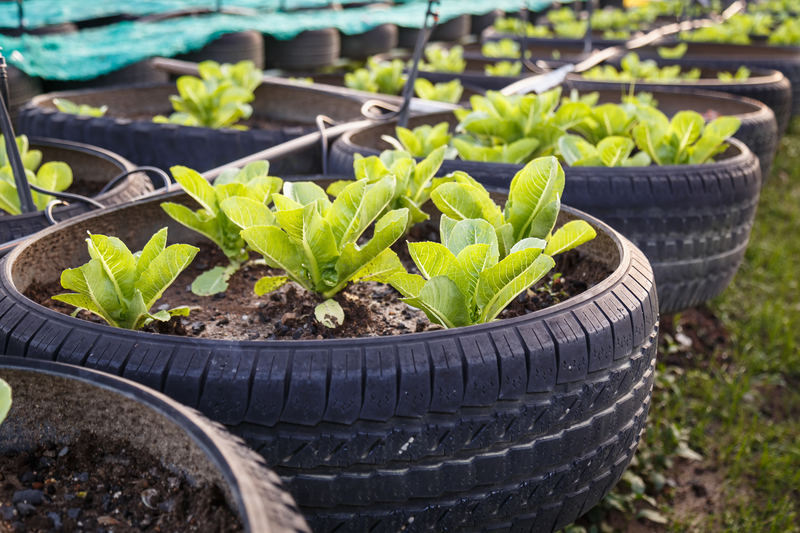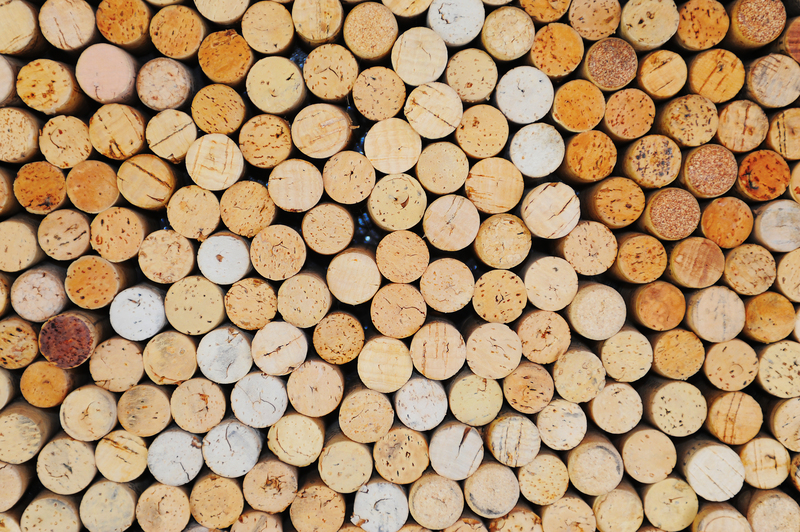Introduction to Sorting Trash
Proper waste management is essential for the health of our planet. One simple yet impactful way to contribute to this cause is by sorting trash correctly. This practice not only helps in recycling but also reduces the burden on landfills. In this article, we'll guide you through the simple steps for sorting trash effectively.

Understanding the Types of Waste
The first step in sorting trash is understanding the different types of waste. Broadly, waste can be categorized into:
- Recyclable Waste: This includes materials that can be processed and used again, like paper, plastic, glass, and metals.
- Organic Waste: Organic waste includes food scraps, garden waste, and other biodegradable materials.
- Hazardous Waste: Hazardous waste consists of materials that pose a risk to human health or the environment, such as batteries, chemicals, and electronic waste.
- General Waste: This includes items that do not fit into the other categories and typically end up in landfills.
Step-by-Step Guide to Sorting Trash
Here are some practical steps you can follow to sort your trash efficiently:
1. Set Up Separate Bins
To make sorting easier, set up separate bins for each type of waste: recyclables, organic waste, hazardous waste, and general waste. Clearly label each bin to avoid confusion.
2. Clean Recyclable Materials
Before placing items in the recycling bin, ensure they are clean. Rinse out any food or liquid residue from containers. This prevents contamination, which can make recyclable materials unusable.
3. Follow Local Recycling Guidelines
Different municipalities have different recycling guidelines. Make sure to familiarize yourself with your local rules to avoid mistakenly placing items in the wrong bin.
4. Compost Organic Waste
If you have a garden, consider starting a compost pile for your organic waste. Composting not only reduces the amount of waste sent to landfills but also enriches your soil.
5. Safely Dispose of Hazardous Waste
Never throw hazardous waste in the regular trash. Check with your local waste management authority for disposal guidelines and take these items to designated collection points.
6. Educate Your Household
Make sure everyone in your household understands the importance of sorting trash and knows how to do it correctly. This ensures that the effort to sort waste is consistent and effective.
Pros and Cons of Sorting Trash
Like any practice, sorting trash comes with its own set of pros and cons:
- Pros: Environmental benefits, reduced landfill waste, conservation of natural resources, and potential financial savings through recycling programs.
- Cons: Requires time and effort, need for multiple bins, and the necessity of educating oneself and others about correct sorting practices.
Tips for Efficient Sorting
- Stay Informed: Keep yourself updated about changes in local recycling guidelines.
- Use Clear Labels: Label bins clearly to avoid any confusion.
- Minimize Waste: Reduce your waste generation by opting for reusable items whenever possible.
- Get the Right Tools: Use compostable bags for organic waste and ensure you have robust bins for storage.

Takeaways
- Sorting trash is a crucial step in proper waste management.
- Understanding different types of waste is the first step towards efficient sorting.
- Following local guidelines and educating your household ensures consistency in waste sorting.
Conclusion
Sorting trash is a simple yet impactful practice that significantly benefits the environment. By adopting these simple steps, you can contribute to a cleaner and more sustainable planet. Remember, efficient waste management starts at home, and every small effort counts towards making a big difference.
